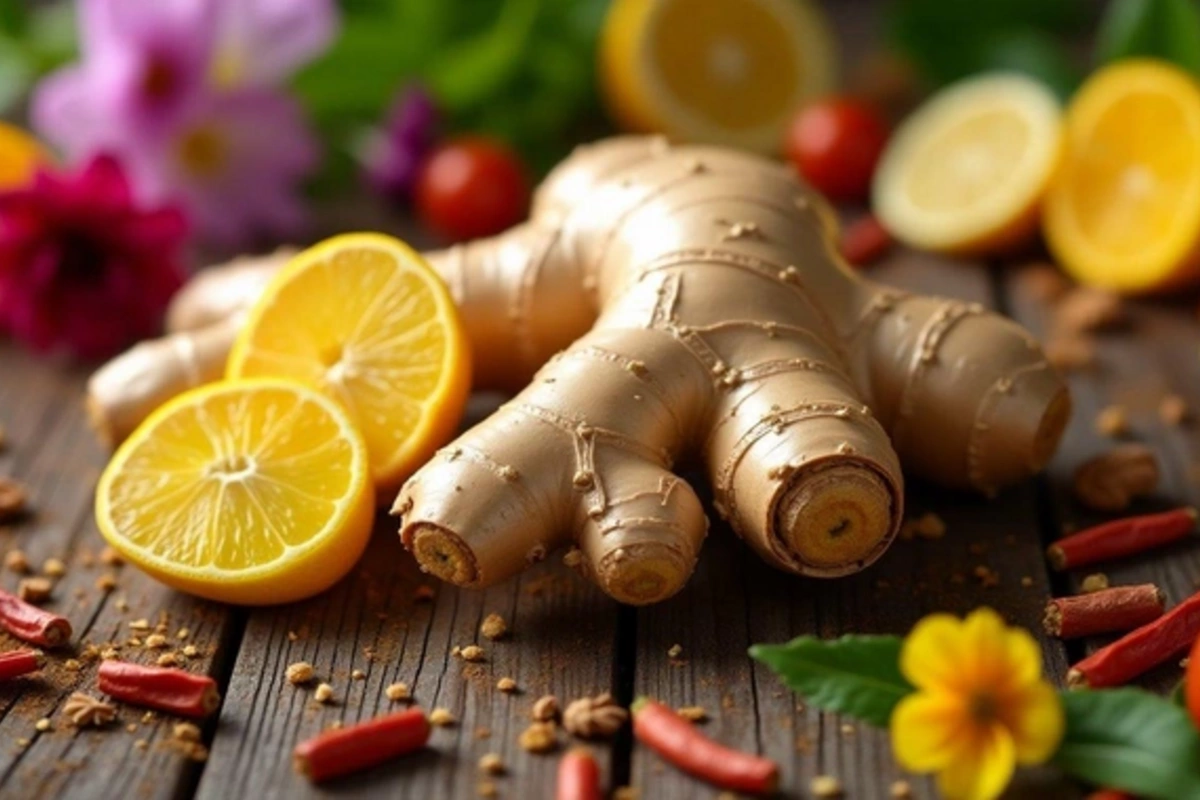05 May , 06:58
0

This plain-looking root has become a true gastronomic legend, winning hearts and kitchens around the world. Its unique flavor and healing properties have made ginger a star of culinary arts, medicine, and even mysticism. Immerse yourself in the fascinating journey of ginger - from the ancient paths of India to modern dishes, and discover how it can revitalize your kitchen!
Ginger is not just a spice, but a living history with roots in ancient India. It was there that people began to cultivate it, but not only for its taste. The Phoenicians, brave seafarers, made ginger a currency - yes, this root was so valuable that it was used for payment!
In Ancient Egypt, ginger became a symbol of luxury. Thanks to trade routes, it turned into one of the most expensive spices used in cooking and medicine. Egypt became the center of ginger trade, spreading its fame.
About 2000 years ago, ginger reached China, where its healing properties captivated the minds of scholars. Confucius himself admired this root! Chinese healers used it for prolonging youth, improving memory, and even fighting seasickness - sailors chewed ginger to maintain balance on the waves. In Japan, it became a remedy for wounds, nausea, and even hangovers.
In medieval England, ginger was valued on par with red pepper. Despite its exorbitant price, it was in every home. It was added to meat, pastries, wine, and even beer. Queen Elizabeth I adored gingerbread - a delicacy that became a symbol of sophistication.
In the lands of Kievan Rus, ginger was also honored. It was generously sprinkled in kvas, liqueurs, sbitens, and kulich. And ginger cookies? They inspired the creation of pryaniki (spice cookies), which we still love today.
Thus, step by step, ginger evolved from a humble root to a global sensation.
Ginger is a natural healer with astonishing properties. Its antioxidants fight inflammation, protect cells and